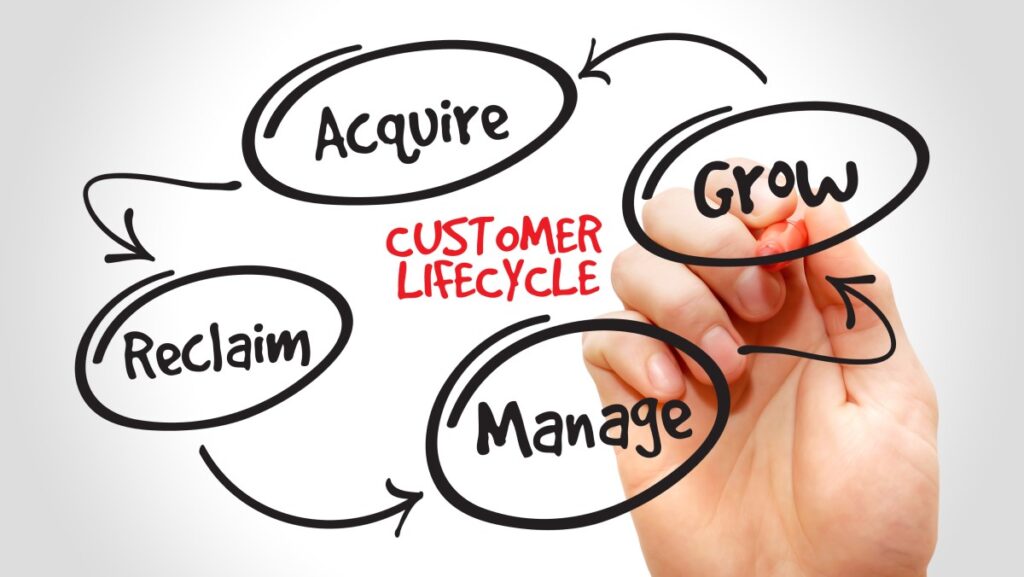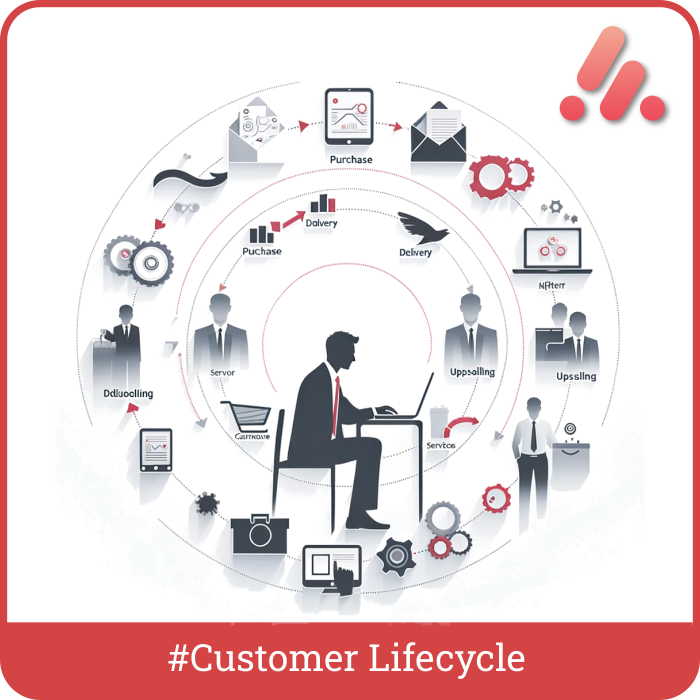At Callindo, our “Comprehensive Customer Lifecycle Management” service is designed to expertly navigate every stage of the customer journey, from initial contact to long-term loyalty. We specialize in creating customized strategies that cater to the unique needs of each client, employing a blend of advanced technology and human expertise. Our approach integrates cutting-edge AI-driven tools and analytics, ensuring a seamless, efficient, and highly personalized customer experience. Whether it’s attracting new customers, enhancing engagement, or nurturing lasting relationships, Callindo’s lifecycle management solutions are tailored to drive growth and reinforce brand loyalty. By combining our in-depth understanding of local and global market dynamics with innovative service delivery, we offer a holistic outsource customer support solutions that not only meets but exceeds customer expectations.
of customers will share a positive experience with 6 or more people.
of unhappy customers will share their negative experience with 15 or more people.
improvement in customer retention can result in profit growth of over 25%.
What is Customer Lifecycle Management (CLM)?
Customer Lifecycle Management (CLM) is an approach to managing a company’s interaction with current and future customers. It focuses on creating and cultivating long-term relationships, starting from the initial contact and continuing through the entire lifecycle of a customer.
Indonesia’s Growing Market and CLM
In Indonesia’s dynamic market, Customer Lifecycle Management is critical for businesses, especially for those in rapidly expanding sectors like technology, finance, retail, and consumer services. Implementing effective CLM strategies can help businesses in Indonesia understand and meet the evolving needs of their customers, build lasting relationships, and enhance customer loyalty.

Importance of CLM in Today’s Business Environment
In the dynamic business landscape, CLM is crucial for sustainable growth. It allows companies to create more personalized and effective customer interactions, leading to stronger relationships. By understanding and responding to customer needs at each lifecycle stage, businesses can increase customer satisfaction, encourage repeat business, and generate positive word-of-mouth.
Strategies for Effective CLM
Strategies for Effective Customer Lifecycle Management (CLM) can be outlined as follows:
Targeted Communication: Implementing strategies that focus on reaching customers with relevant and specific messaging.
Personalized Offers: Creating offers that are tailored to individual customer needs and preferences.
Timely Support: Ensuring support is readily available when customers need it.
Use of Advanced Analytics: Employing sophisticated analytics tools to understand customer behaviors and predict future needs.
Customer Data Utilization: Leveraging customer data to personalize interactions and improve customer experience.
Regular Feedback Loops: Establishing consistent processes for gathering customer feedback.
Customer Satisfaction Measures: Implementing tools and methods to regularly measure and assess customer satisfaction.
Continuous Refinement: Regularly reviewing and improving CLM strategies based on customer feedback and changing market conditions.
These strategies are pivotal for enhancing customer engagement and fostering long-term loyalty.
Leveraging Technology in CLM
Modern CLM heavily relies on technology for gathering customer insights and automating communication. Tools like CRM systems, AI-driven analytics, and omnichannel platforms enable businesses to manage customer interactions seamlessly across different channels. These technologies provide valuable data that help in making informed decisions and adapting strategies to changing customer behaviors.
Conclusion
Customer Lifecycle Management is a vital component of modern business strategy, focusing on building long-term customer relationships. By effectively managing the customer lifecycle, businesses can ensure higher customer satisfaction, loyalty, and profitability, essential for thriving in today’s competitive market.
Frequently Ask Questions
What is Customer Lifecycle Management (CLM)?
Customer Lifecycle Management (CLM) involves managing customer interactions from acquisition to retention. It aims to optimize each stage of the customer journey, enhancing satisfaction and loyalty through personalized engagement. Get in Touch
What strategies does Callindo use for effective Customer Lifecycle Management?
Our employs strategies for effective Customer Lifecycle Management, including personalized engagement, data-driven insights, and continuous feedback. We focus on optimizing touchpoints and enhancing customer satisfaction and customer support services.
How does Callindo track and measure customer lifecycle stages?
Callindo tracks and measures customer lifecycle stages using advanced Customer Relationship Management (CRM) tools, data analytics, and tailored metrics to monitor engagement, retention, and overall customer journey.
What role does technology play in Customer Lifecycle Management?
Technology streamlines Customer Lifecycle Management by automating data collection, analyzing customer behavior, and personalizing interactions, enhancing efficiency and improving customer experiences.
What are common challenges in managing the customer lifecycle?
We help by our services managing the customer lifecycle include data integration, maintaining consistent engagement, handling churn, and personalizing experiences effectively across channels.
How does CLM improve customer satisfaction and loyalty?
Our CLM improves satisfaction and loyalty by personalizing experiences, anticipating needs, and resolving issues promptly, leading to stronger relationships and increased customer retention.

